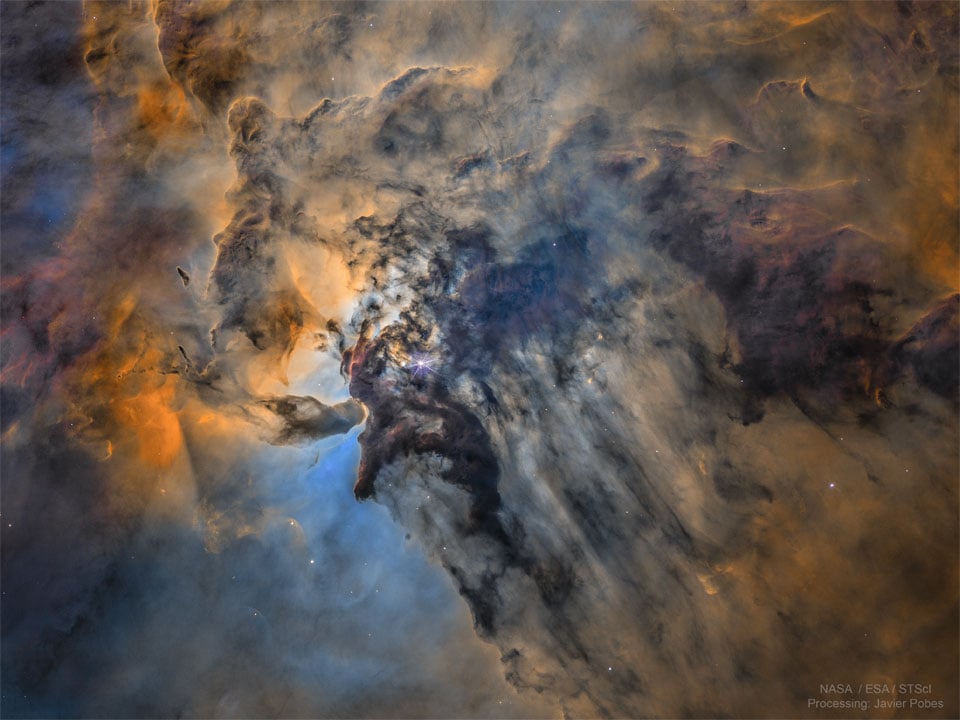this post was submitted on 26 Oct 2023
147 points (99.3% liked)
Space
9417 readers
183 users here now
Share & discuss informative content on: Astrophysics, Cosmology, Space Exploration, Planetary Science and Astrobiology.
Rules
- Be respectful and inclusive.
- No harassment, hate speech, or trolling.
- Engage in constructive discussions.
- Share relevant content.
- Follow guidelines and moderators' instructions.
- Use appropriate language and tone.
- Report violations.
- Foster a continuous learning environment.
Picture of the Day
 The Busy Center of the Lagoon Nebula
The Busy Center of the Lagoon Nebula
Related Communities
🔭 Science
- [email protected]
- [email protected]
- [email protected]
- [email protected]
- [email protected]
- [email protected]
- [email protected]
- [email protected]
- [email protected]
🚀 Engineering
🌌 Art and Photography
Other Cool Links
founded 2 years ago
MODERATORS
you are viewing a single comment's thread
view the rest of the comments
view the rest of the comments

Those are contributing factors, and the small size could be part of the reason the magnetic field stopped at some point, if the core cools down too fast. But a strong magnetic field like Earth's will block the fastest parts of the solar wind from hitting the atmosphere. Without that, each particle of solar wind that hits a molecule of the atmosphere can send that molecule out into space, (beyond escape velocity) which adds up over thousands or millions of years to remove most of the atmosphere that was originally there.
Without enough pressure, liquid water will boil even at cold temperatures, and will be part of the atmosphere that is stripped away.
Thank you! I completely forgot about the importance of atmospheric pressure.